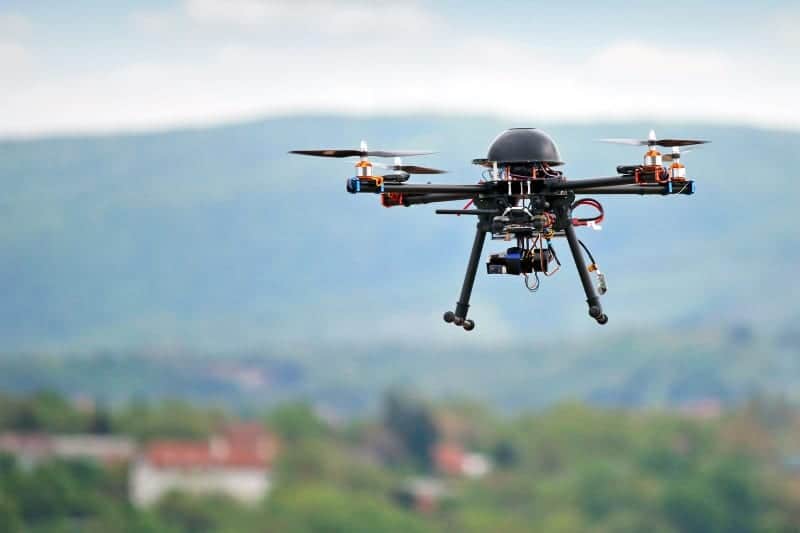



Estonian Air Navigation Services (EANS) and safety-critical aviation solutions developer Frequentis have confirmed that they are working together to create a new unmanned traffic management (UTM) ecosystem that will allow drones and civil aviation to coexist safely in shared airspace.
The UTM system will be provided as a managed service in Frequentis’ cloud environment, allowing validation of use cases and business cases. The cloud architecture will also enable a fully optimised deployment process, without the need for on-site activities. The UTM system complies with the requirements of Commission Implementing Regulation (EU) 2021/664 (draft) on a regulatory framework for U-space.
Frequentis has also been working together with EANS and other stakeholders in the Nordics & Baltics region on the SESAR GOF and GOF 2.0 projects, exploring the safe integration of drones in the Gulf of Finland, trailing and validating use cases in line with U-space regulatory framework.
Teve Rahula, EANS Head of Business Development, commented: “One of our strategic goals is to develop a U-space framework and to support the state activities on advancing the unmanned aviation sector in Estonia. EANS will take the role as a single Common Information Services (CIS) provider in Estonia, which offers a secure open protocol for data exchange between all stakeholders, enabling a competitive, innovative, and open market for U-space service provision. This will enable the drone services to thrive as we are able to increase efficient and safe access to airspace. For this reason, EANS is collaborating with Frequentis to realise the implementation of U-space in Estonia to advance the emerging UTM ecosystem.”
Guenter Graf, Frequentis’ Vice President for New Business Development, stated: “The Frequentis CIS platform allows the integration of all airspace users on one single platform, providing a single source of truth and real-time situational awareness for air traffic controllers, drone operators and service providers. This integration allows both crewed flights and drones to safely share the same airspace, to see airspace restrictions and flight rules, file flight plans, and receive updates from air traffic controllers in real time. This is what is needed for the safe integration of drones into the aviation ecosystem.”





Related Posts
New Drone Fires Thales Missile in Unmanned Air Combat Milestone
UAS Startup Accelerator Awards 3M in Funding
US Navy Orders Unmanned Tactical Resupply Aircraft